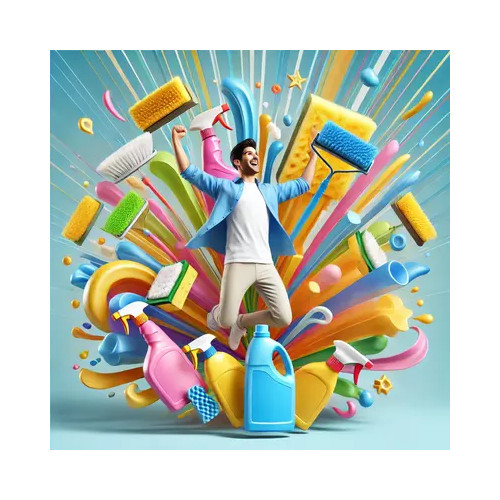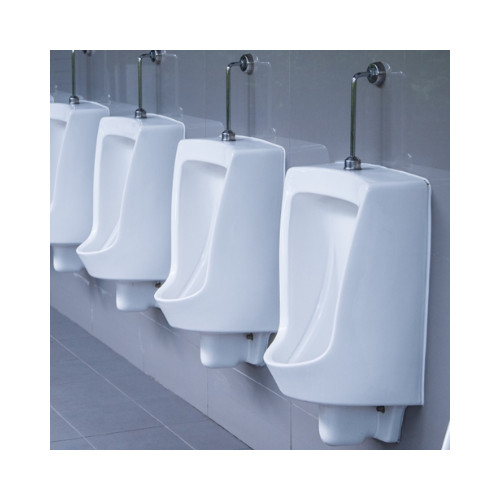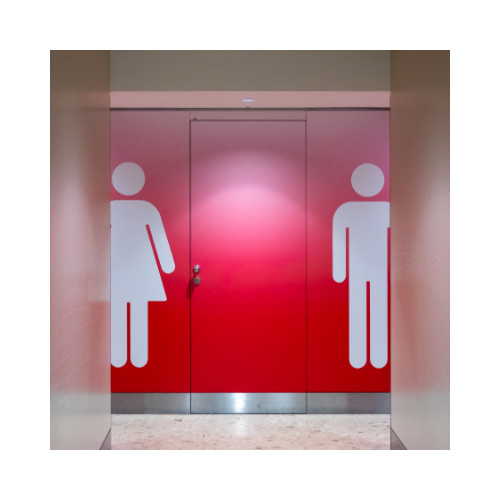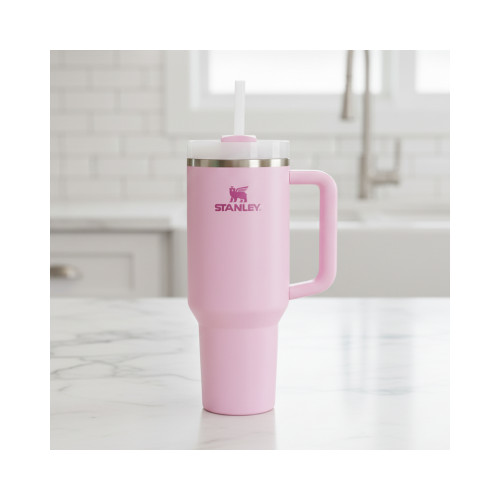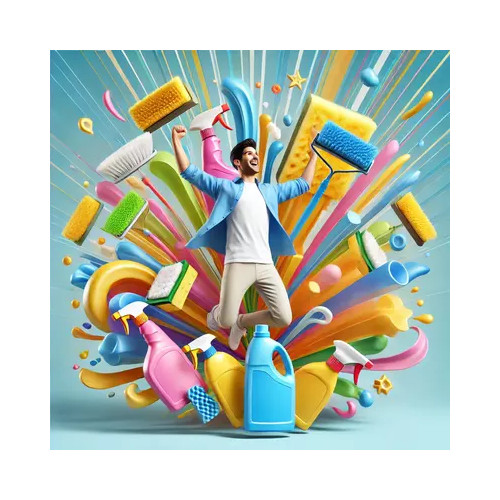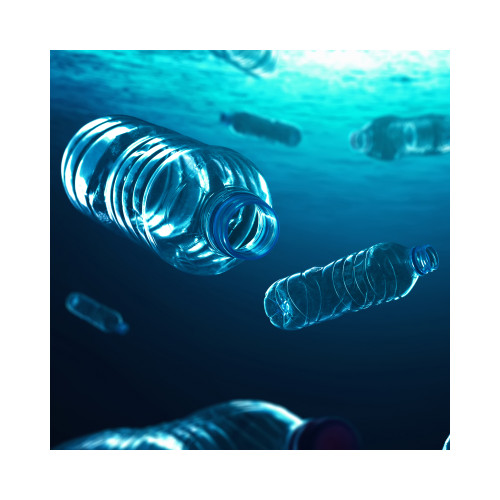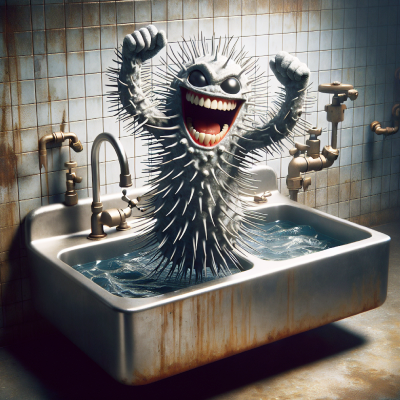
Controlling Legionella: A Checklist for Businesses
Ensuring a safe water environment in commercial settings is crucial to preventing the spread of Legionella bacteria, a common and potentially dangerous pathogen found in water systems. Legionella thrives in warm, stagnant water, making plumbing systems, cooling towers, hot tubs, and decorative fountains prime breeding grounds. Inhalation of contaminated water droplets through aerosolisation is the primary transmission mode to humans, posing serious health risks.
With professional guidance, your hotel, office, or gym can become Legionella-safe. This guide provides essential information on understanding Legionella, maintaining water systems, and implementing effective control measures to keep your premises protected. Read on for expert tips, regulatory compliance strategies, and practical advice to ensure your water systems are secure and your environment is safe from Legionella contamination.
Understanding Legionella
Legionella thrives in warm water environments, typically found in plumbing systems, cooling towers, hot tubs, and decorative fountains. Stagnant or poorly maintained water systems provide fertile breeding grounds for Legionella bacteria. Inhalation of contaminated water droplets, particularly through aerosolisation, is the primary mode of transmission to humans. It is never good to discover Legionella in water, but with our help, your hotel, office or gym can be Legionella safe!
Another common breeding ground for Legionella bacteria is shower heads. In a commercial setting and as part of routine Legionella control maintenance, to comply with HSE ACOP L8 and HSG274 Part 2, shower heads and hoses should be dismantled, cleaned, descaled and disinfected on a quarterly basis. Cleaning shower heads for Legionella is simple and well worth it to keep your shower running efficiently overall. Read more about cleaning shower heads on our blog.
For more information, we highly recommend reading up on the .Gov article here.
Top Tips
- Conduct a Legionella Risk Assessment (to be carried out by qualified assessor):
- Identify potential sources of Legionella contamination within your premises.
- Assess the vulnerability of water systems to Legionella proliferation.
- Evaluate factors such as water temperature, stagnation, and the presence of biofilms.
- Use a risk assessment system to help track staff training and knowledge.
- Implement Water Management Plan:
- Develop and implement a comprehensive water management plan tailored to your business.
- Regularly inspect and maintain water systems to prevent stagnation and biofilm formation.
- Set appropriate temperature parameters for hot water systems (above 50°C) to inhibit Legionella growth.
- Ensure adequate disinfection measures, such as chlorination or ultraviolet (UV) irradiation, in water systems.
- Monitor Water Quality:
- Regularly test water samples for the presence of Legionella bacteria.
- Establish a monitoring schedule in accordance with regulatory guidelines.
- Maintain accurate records of water quality testing and remedial actions taken.
- Educate and Train Staff:
- Educate employees about the risks associated with Legionella and the importance of preventive measures.
- Train staff in the proper maintenance and operation of water systems.
- Foster a culture of awareness and responsibility regarding Legionella control among employees.
- Control Cooling Towers:
- Implement stringent maintenance protocols for cooling towers, including regular cleaning and disinfection.
- Monitor water quality parameters such as pH, biocidal levels, and conductivity.
- Install drift eliminators and regularise drift eliminator cleaning to minimise aerosolisation of contaminated water.
- Ensure Proper Ventilation:
- Maintain adequate ventilation in enclosed spaces to minimise the accumulation of aerosolised water droplets.
- Inspect and clean ventilation systems regularly to prevent the spread of airborne contaminants.
- Develop Response Protocols:
- Establish clear protocols for responding to suspected cases of Legionnaires' disease or Pontiac fever.
- Promptly investigate any instances of water system contamination and take appropriate remedial actions.
- Communicate effectively with relevant stakeholders, including employees, customers, and public health authorities.
- Stay Informed and Updated:
- Stay abreast of emerging research, regulatory changes, and best practices in Legionella control.
- Regularly review and update your Legionella control measures in response to new information or guidelines.
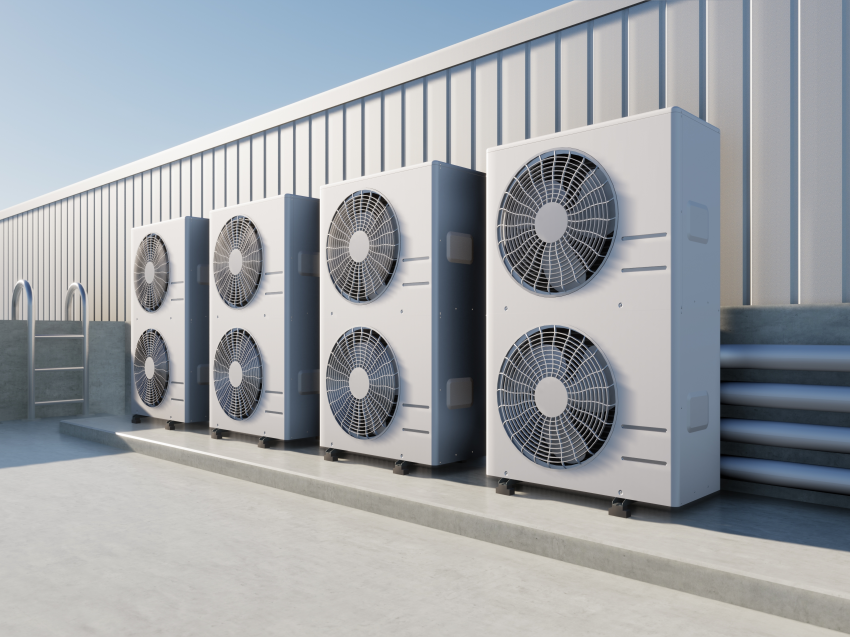
Killing Legionella
The most effective way to kill Legionella bacteria is through thermal treatment (heat) or chemical disinfection. Here are some methods commonly used to kill Legionella:
- Thermal Disinfection:
Legionella bacteria are sensitive to high temperatures. Heating water to temperatures above 60°C (140°F) can effectively kill Legionella within a relatively short period, usually within minutes. For example, in hot water systems, maintaining water temperatures above 60°C at the point of use and periodically flushing the system with hot water can help control Legionella growth.
- Chemical Disinfection:
Chemical disinfection involves the use of biocides or disinfectants to kill Legionella bacteria. Commonly used disinfectants include chlorine, chlorine dioxide, bromine, and monochloramine. These chemicals are added to water systems in carefully controlled concentrations to ensure effective disinfection without causing harm to humans or damaging the water infrastructure.
- Ultraviolet (UV) Irradiation:
UV irradiation is another method used to control Legionella in water systems. UV light damages the DNA of bacteria, including Legionella, rendering them unable to reproduce. UV irradiation systems are installed in water treatment plants, cooling towers, and other water systems to provide continuous disinfection.
- Copper-Silver Ionisation:
Copper-silver ionisation involves the release of copper and silver ions into water systems. These ions have antimicrobial properties and can effectively kill Legionella bacteria. Copper-silver ionisation systems are often used in larger water systems, such as cooling towers and hot water distribution systems, to control Legionella growth.
- Ozone Treatment:
Ozone (O3) is a powerful oxidising agent that can effectively kill Legionella bacteria. Ozone treatment involves injecting ozone gas into water systems to disinfect and kill bacteria. Ozone treatment is often used in conjunction with other disinfection methods for comprehensive Legionella control.
- Mechanical Filtration:
While not directly killing Legionella, mechanical filtration can help remove particles and biofilms from water systems, reducing the habitat and potential for Legionella growth. Filtration systems can be installed in water distribution systems to improve water quality and reduce the risk of Legionella contamination.
It's important to note that controlling Legionella requires a comprehensive approach that may involve a combination of these methods, depending on the specific characteristics of the water system and the level of Legionella contamination. Regular monitoring, maintenance, and adherence to best practices are essential to effectively manage Legionella risks and ensure the safety of water supplies. Additionally, consulting with water treatment professionals and adhering to regulatory guidelines can help ensure proper Legionella control measures are implemented.
Conclusion
Controlling Legionella requires a multifaceted approach encompassing risk assessment, water management, monitoring, staff training, and proactive maintenance. By adhering to the comprehensive checklist outlined above, businesses can significantly reduce the risk of Legionella contamination and safeguard the health and well-being of everyone within their premises.
Remember, proactive prevention is key to mitigating the threat posed by Legionella and ensuring a safer environment for all. Don't forget to load up on your PPE!
Stay Connected
Stay connected and be the first to know about our latest products, special offers, and exciting news:The Cleaning Blog
Want to learn more about cleaning? From the latest cleaning and hygiene news to handy how-to guides, why not check out our most popular blog categories.Stay Connected
Stay connected and be the first to know about our latest products, special offers, and exciting news:
